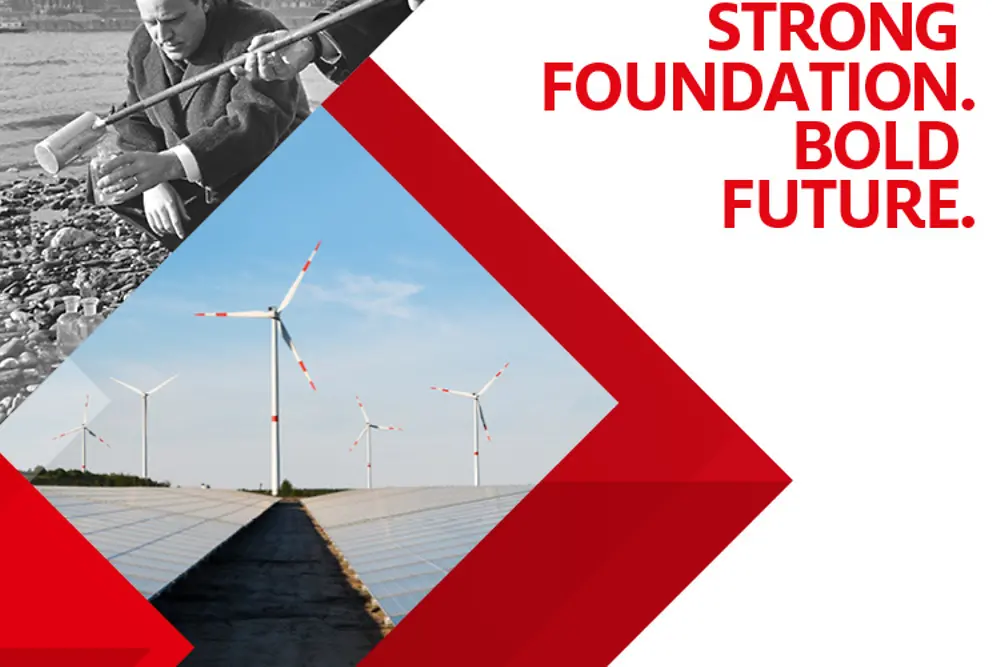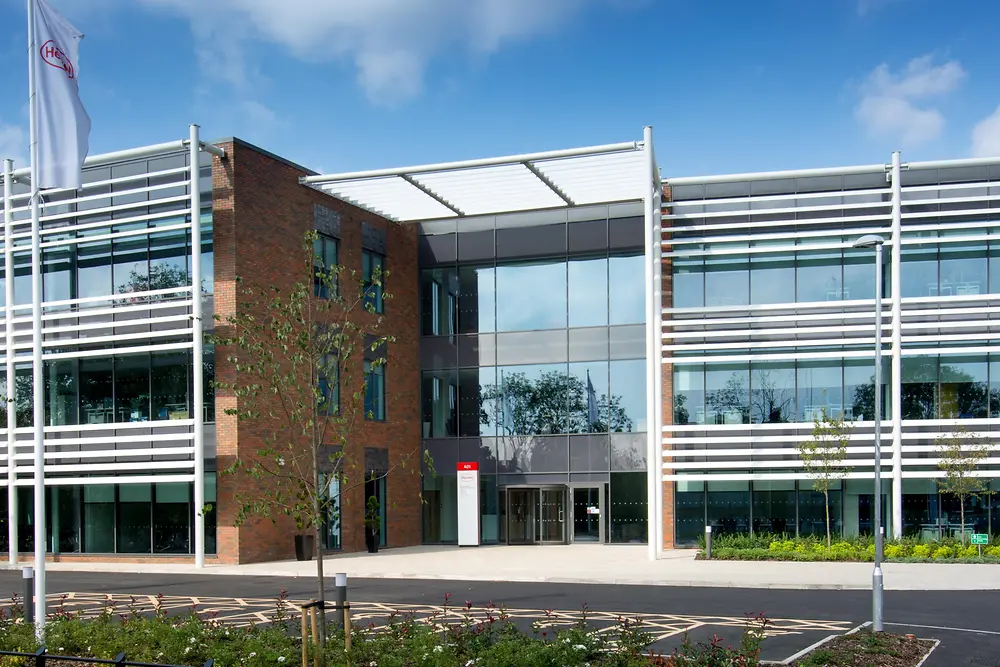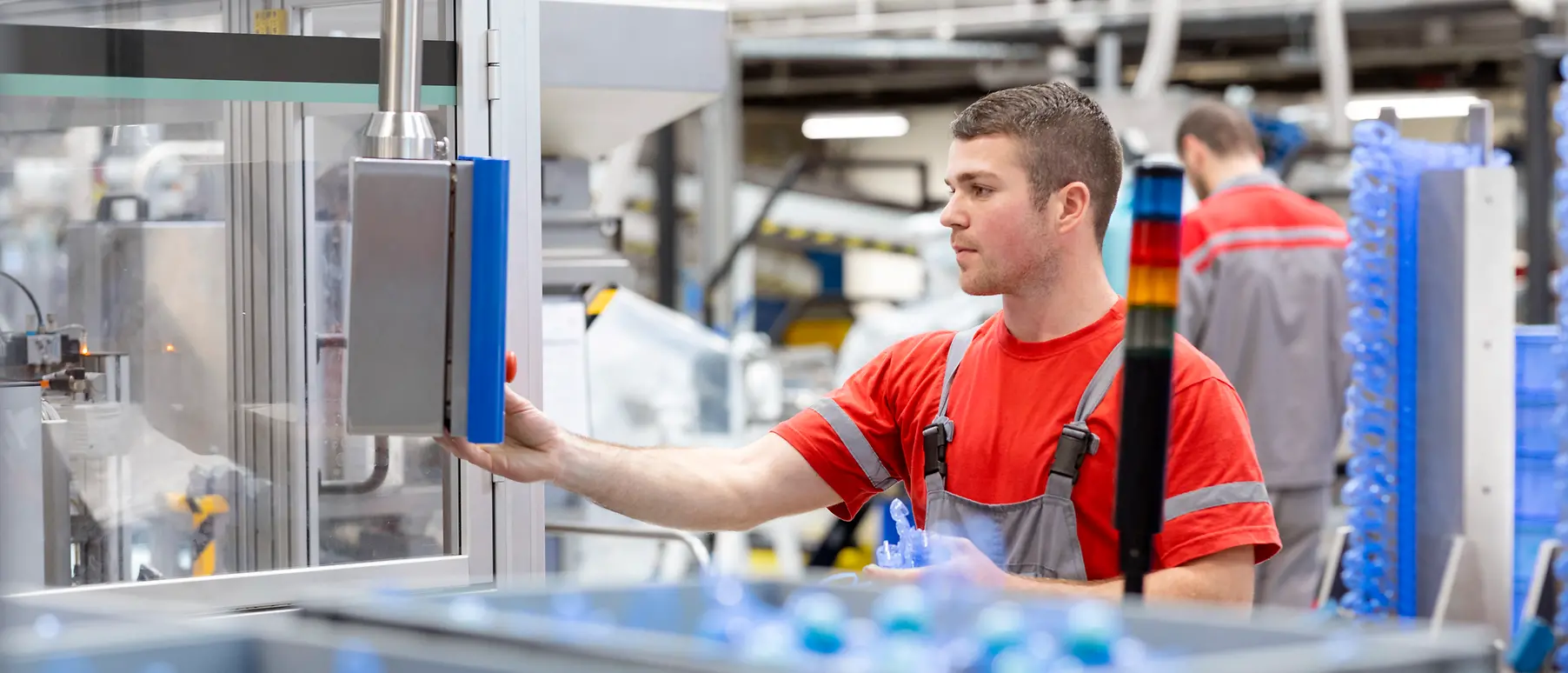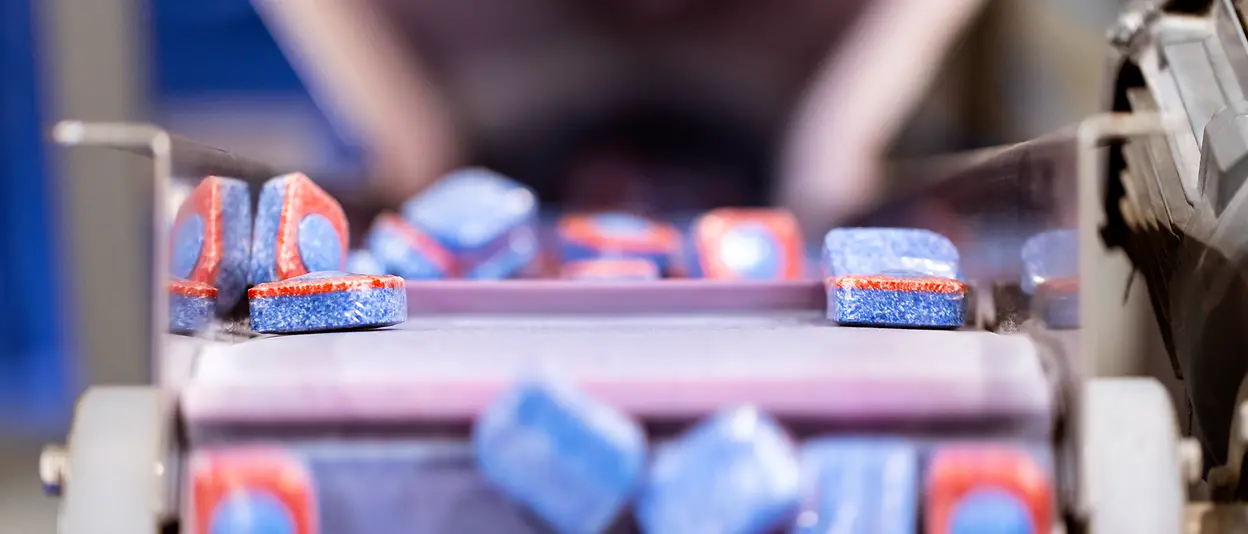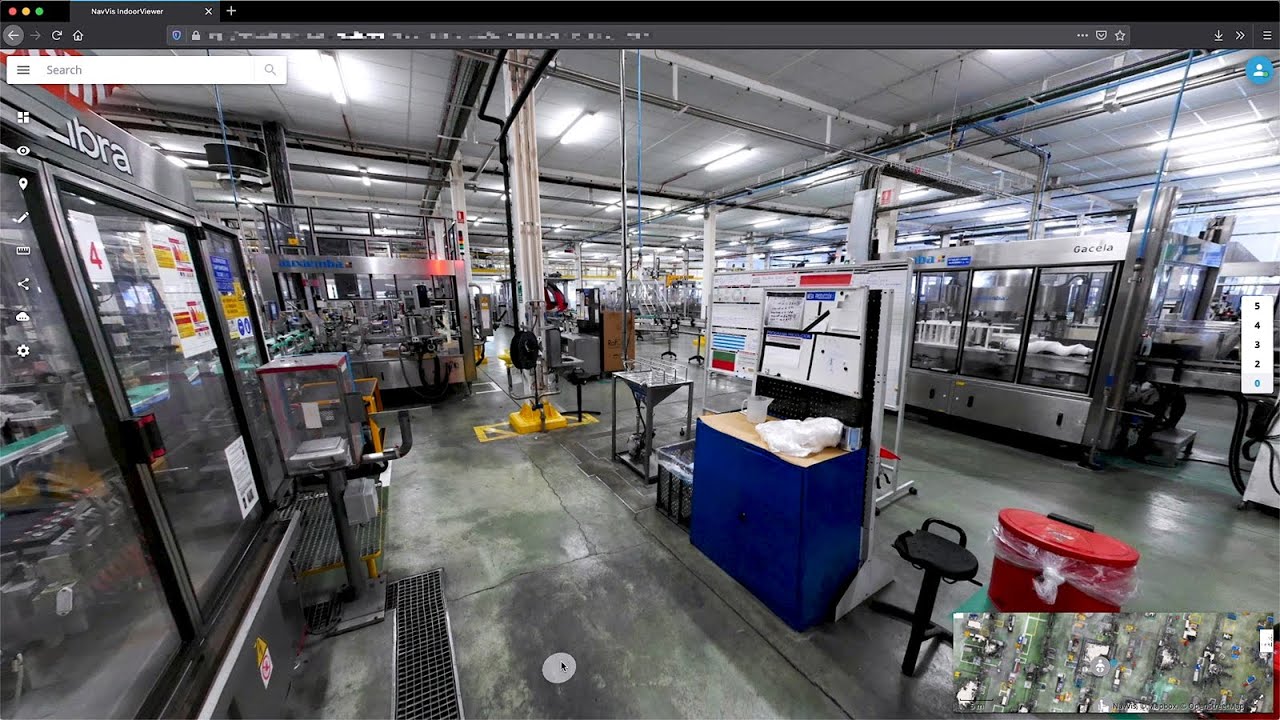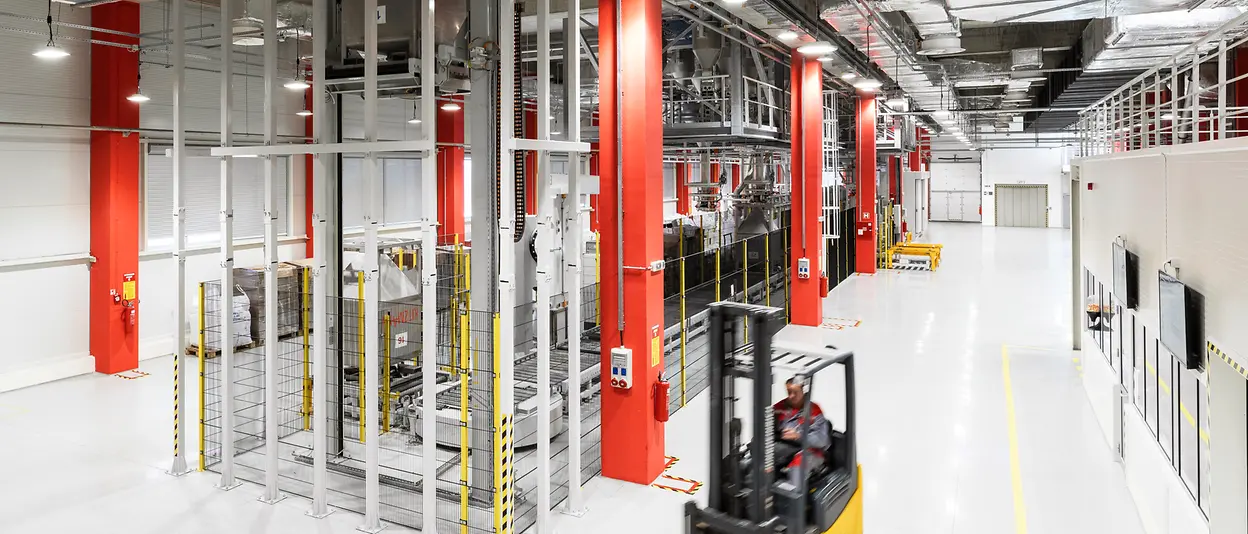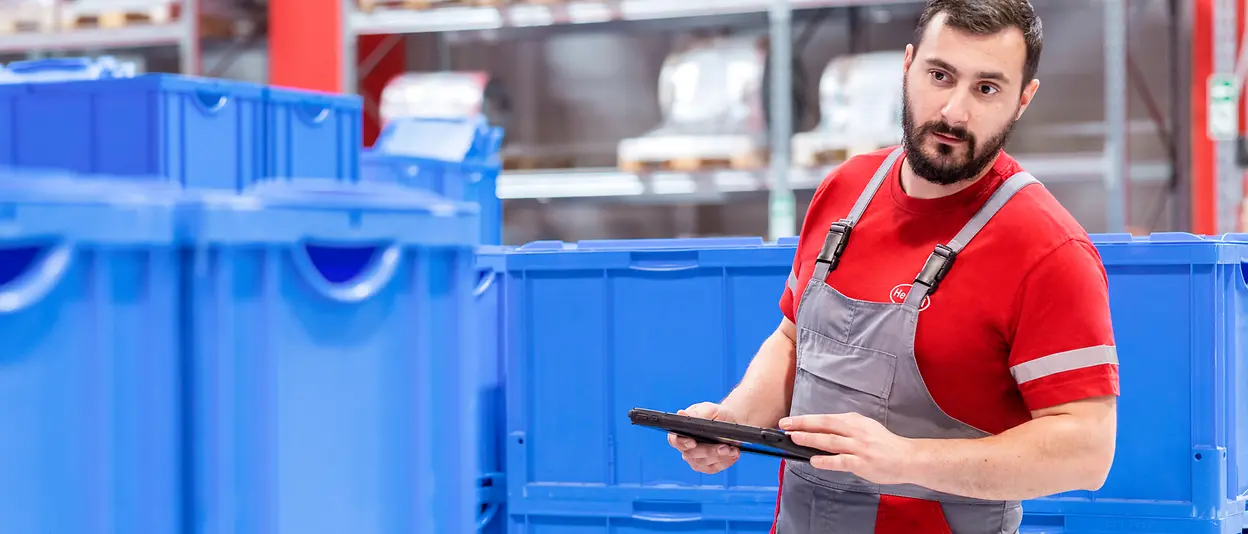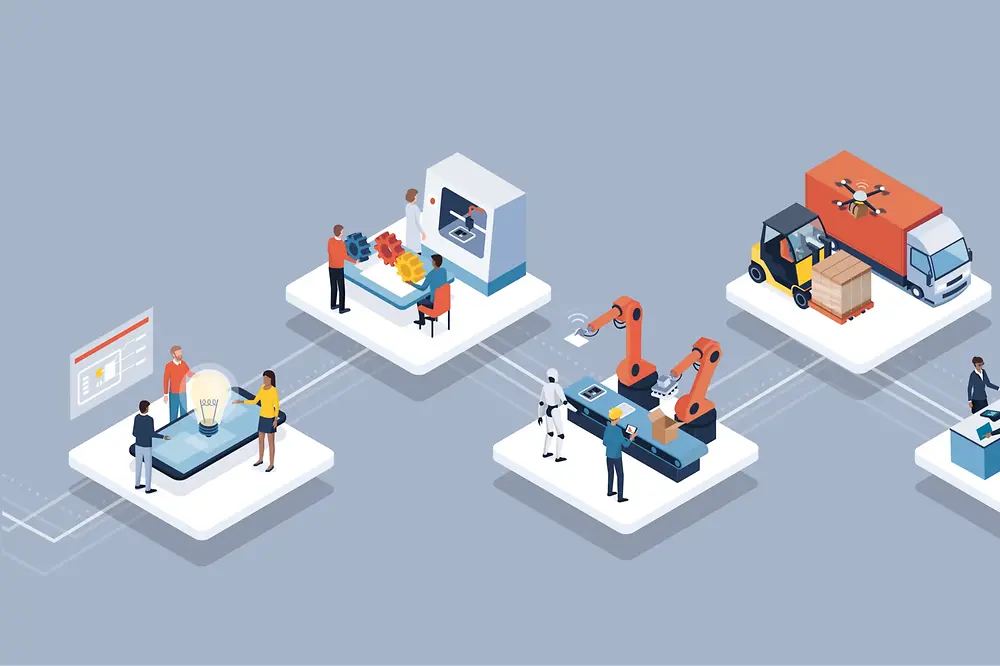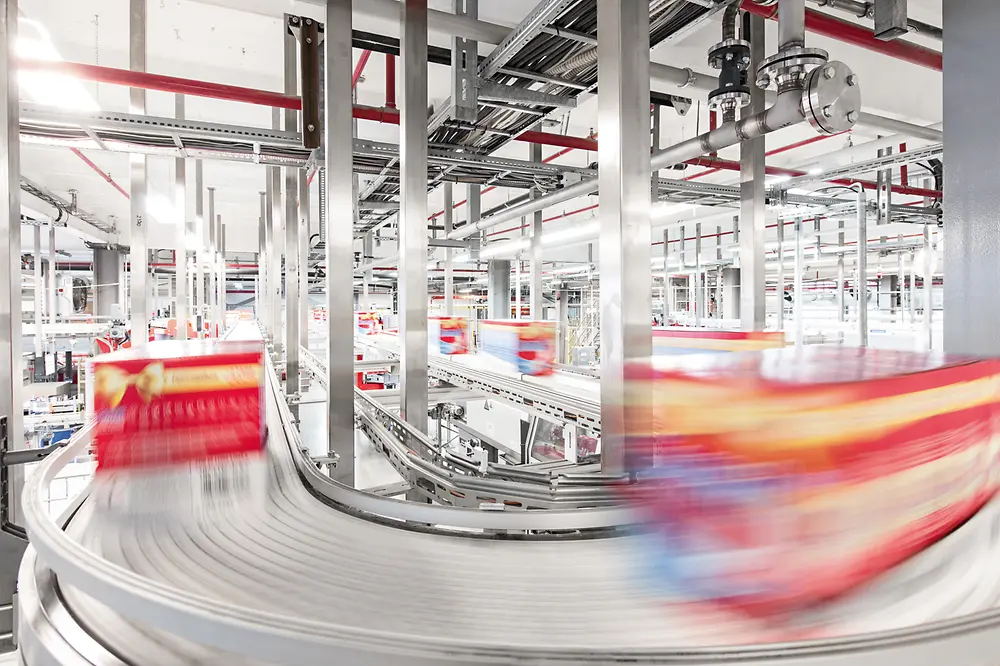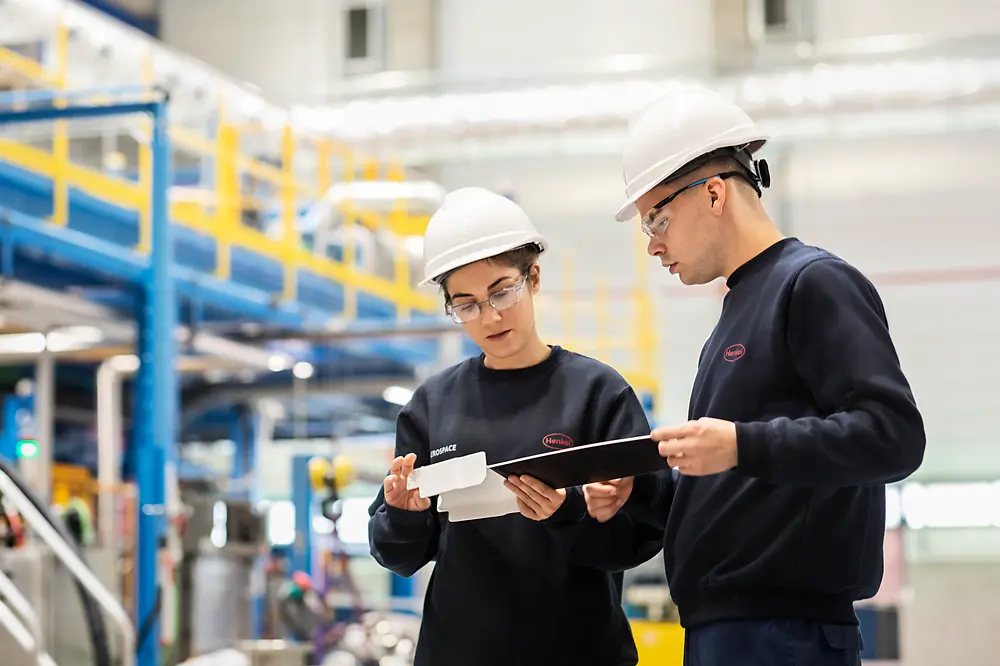Learn more about Henkel Brands & Businesses in UK & Irelands: Includes useful information about the brands, technologies and latest innovations in our business areas: Henkel Adhesive Technologies and Henkel Consumer Brands.
Digital twins are paving the way for the factory of the future
There are two Henkel Somat factories in Serbia. The first is made of steel and concrete and is located in the city of Kruševac, which is home to around 120,000 people and counts the Henkel factory as one of the region’s major employers. In 2018, the company invested around 20 million euros in boosting production at Somat. Since then, this factory has supplied dishwasher detergent to over 39 markets.
The second Henkel factory (including the Somat production facility) is virtual, one that has been scanned in and connected to the internet. It comprises a complete copy of all the assembly lines and rooms, essentially making it a perfect twin – which is precisely why virtual images of machines, buildings and equipment are also known as “digital twins.”
A digital twin is a complete digital copy of a physical object. Virtual twins have numerous applications in a wide variety of fields and are already being created not just for manufacturing sites but for energy plants, ships and even entire cities too. Sensors around the facilities capture important parameters and create data points that can be used, for example, to further optimize processes and detect possible damage and errors at an early stage.
Digital twins at Henkel: A fast-paced project that’s only going to get faster
The Henkel plant in Kruševac is therefore a living example of modern production in the age of Industry 4.0. Among the teams focused on implementation are those managed by Ahmad ElDeeb, Senior Manager International Engineering and Digital Transformation, and Johannes Holtbrügge, Senior Manager Digital Transformation at Henkel Laundry & Home Care, who are working on digital twins all over the world – an important part of Henkel’s transformation.
During our virtual chat, Ahmad joins in from Mexico and Johannes from Amsterdam – everything works on a fully international scale here, including the team. Operating in a more virtual world has become normal since the pandemic and this is just one example of the many benefits that remote working has brought. It is clear to both managers that the global crisis has accelerated digital processes and consequently the Digital Twin project too: “The pandemic gave our plans new impetus. Many people suddenly realized the benefits of having a digital copy and access to real-time data,” says Johannes.
This is one of the reasons why they and their teams are still working on the Digital Twin project relentlessly. The pace was frenzied even before the pandemic: Development on the first prototypes began in 2016 and they have now been working intensely to digitalize their factories for about four years. In this short period of time, they managed to digitize ten of Henkel’s thirty-one Laundry & Homecare production sites. Four more are in the planning stage and are currently being prepared. The Digital Twin project is advancing at extraordinary speed.
Exact 3D models create precise copies
Kruševac is a perfect example because large parts of the plant can already be visited virtually. Clicking on any data point on a map of the company’s facilities brings up a complete 3D view of that position – as if you were right in the middle of it.
All this is made possible thanks to modern 3D capture technology. Each and every point of the production site is captured in a 3D point cloud using special high-performance scanners, which at first glance resemble the vehicles used by tech companies to scan our roads. Only these scanners are a little smaller – more like a backpack carried around the site scanning the surfaces of the factory. A three-dimensional image is thereby captured, which, together with photos of the factory, can be used to create an accurate 3D model.
These 3D models then allow engineers to optimize the factory. “We’re making it possible to walk through a virtual version of our factory. In the past, we had to carry out lots of inspections with suppliers and machine builders, which were both time-consuming and costly. But that’s no longer needed thanks to the digital version. This made things so much easier during COVID and it will continue to do so afterward as well,” says Ahmad, who coordinates how the technology is implemented at the company’s various locations around the world.
Rooms can be planned in advance and any potential changes simulated. How can we optimize pathways through the factory? Are the corridors wide enough? What will happen if existing machines are replaced by larger or smaller units? All these planning questions can be answered using the virtual model.
Industry 4.0: Data is the raw material of tomorrow’s production
In times on Industry 4.0, production processes can be optimized further as well. Changing certain parameters in the production process, adapting capacities or using different raw materials can all be simulated using a digital twin. This allows sites to further increase both quality and output – at lower planning and conversion costs.
The future of production remains data-based. Modern sensors and monitoring tools make it possible to capture every data point in the factory. This can also be seen in the production environment itself, where every piece of information about the machines is available digitally and employees are equipped with tablet computers. This on-site groundwork is vital for translating everything into the digital sphere. Digital twins allow this data to be accessed from anywhere in the world – in real time, as if you were standing right in front of it.
Digital twins offer benefits for training as well
Increasing the digitalization of production processes is opening up completely new possibilities, not just in manufacturing but also in training and professional development. Employees can now practice with digital twins and get an important first overview of the production site without necessarily being there in person. In the future, it will be possible to use modern virtual and augmented reality technology for similar purposes. The long-term goal is to create virtual spaces and continue to improve processes.
However, the road to obtaining a complete copy is still a difficult one. Currently, the process of collecting 3D data is itself very complicated. Every time a change is made within a factory, for instance, the altered surroundings need to be captured by the special high-performance scanners. The 3D data is then recalculated and applied to the factory. It’s already possible to capture incredibly accurate images of environments with modern smartphones and their LiDAR scanners, which, according to Johannes and Ahmad, make it clear that 3D data collection will be much simpler in the future.
Although more work remains to be done before all data and facilities are available digitally around the world, Ahmad and Johannes have no doubt that the Digital Twin project is on the right track: “We’ve created a good foundation to build on with everything we’ve done so far. We’re already benefiting from the data sets and functionality will only continue to improve.” This is one of the reasons why they are continuing to work at many locations around the globe to digitalize and translate more factories and production facilities into the virtual world.
INDUSTRY 4.0
HOW DIGITALIZATION TRANSFORMS PRODUCTION AND LOGISTICS
It’s efficient, digital, sustainable, connected, and smart. But what exactly is Industry 4.0? It’s the buzzword surrounding the fourth – and completely digital – revolution. After the steam engine and the assembly line, the computer brought about the third industrial revolution. Now, digitalization is transforming the industrial process once more. By taking advantage of this rise in automation, sensorics, data exchange and analytics in real time, companies are producing and delivering products smarter, faster and more efficiently, thereby opening a new world of possibilities.
SPOTLIGHT
MAGAZINE
MAGAZINE
Discover our features with stories and expert insights on innovation, sustainability, digitalization and Henkel’s pioneering culture.

